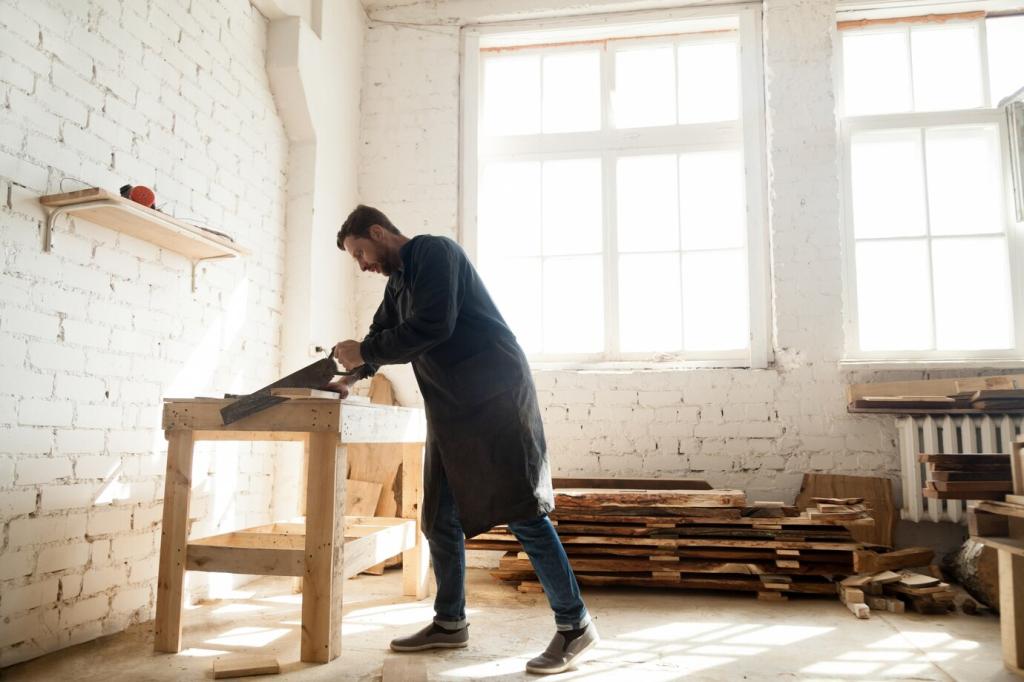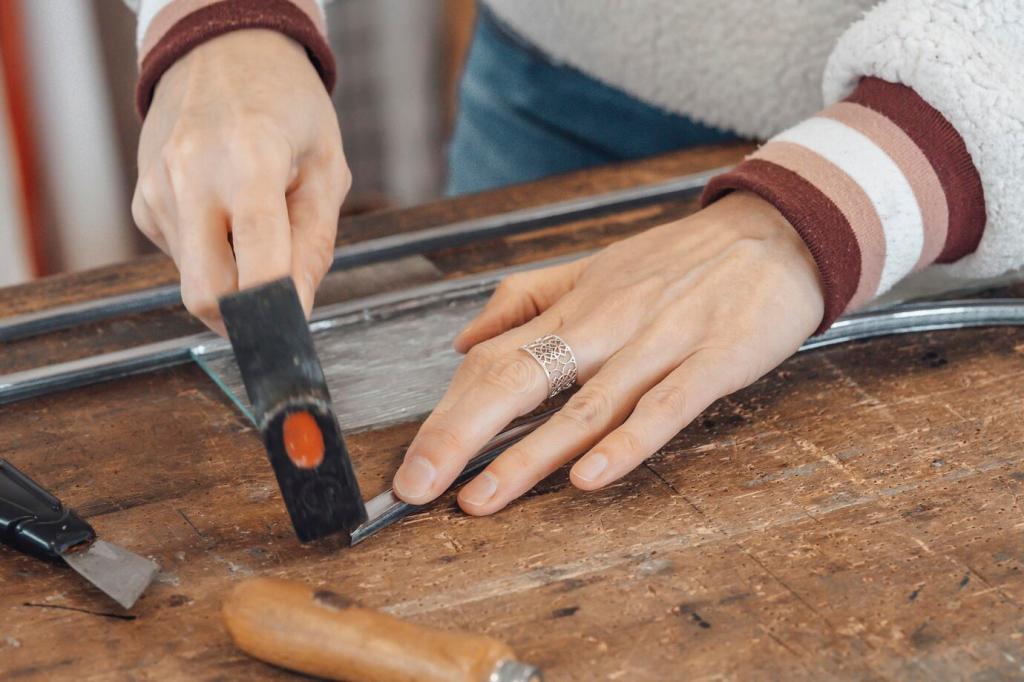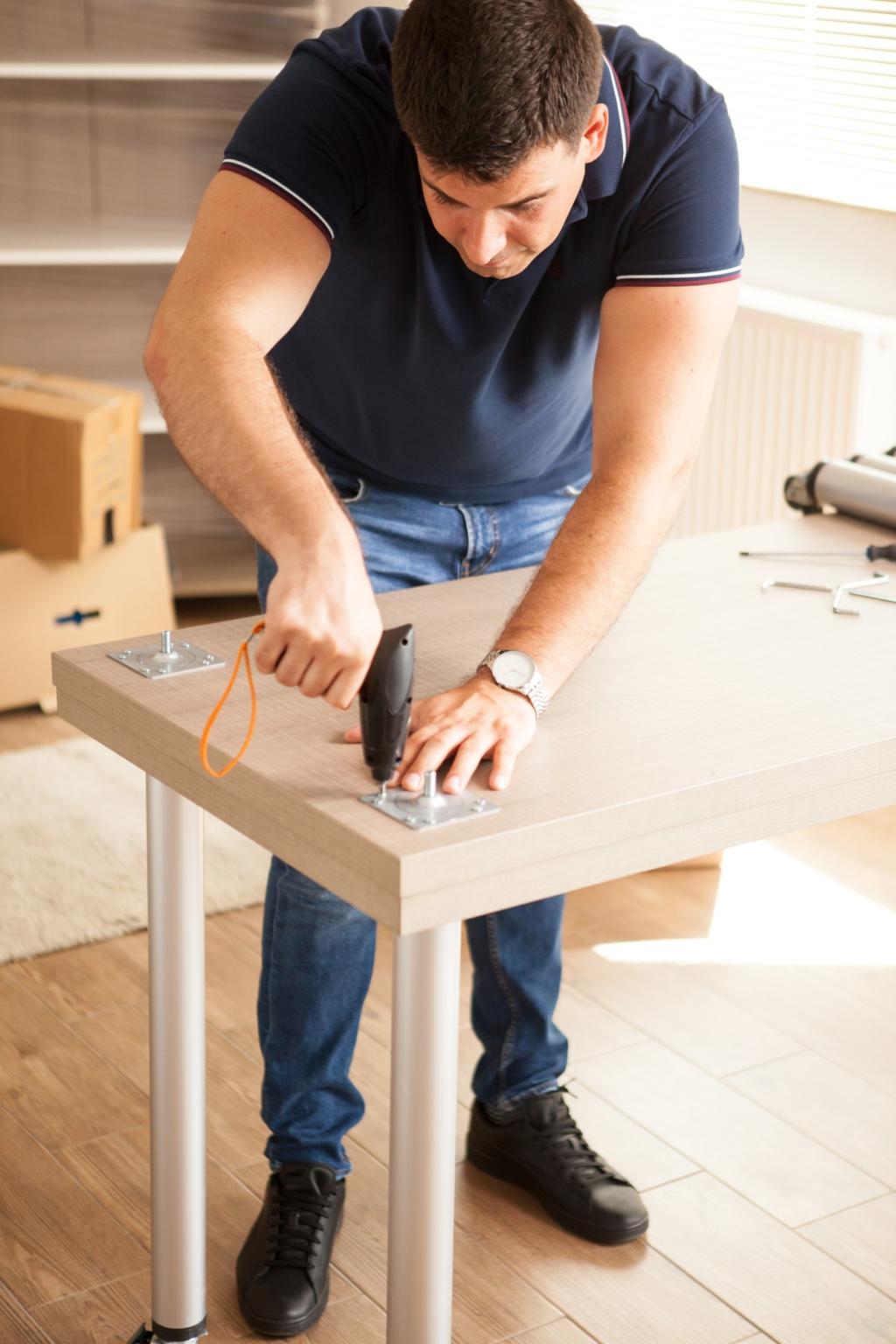Sanding for a Flawless Foundation
Start around 80 or 100 to flatten, move to 150 for refinement, finish at 180–220 for staining. Always sand with the grain, avoid rounding corners, and use a sanding block on edges to keep those original profiles intact.
Sanding for a Flawless Foundation
Lightly mist bare wood, let fibers swell, then sand back with 220. This quick step reduces roughness after the first waterborne coat, saving rework later. It’s a tiny habit that yields buttery smooth results every single time.




